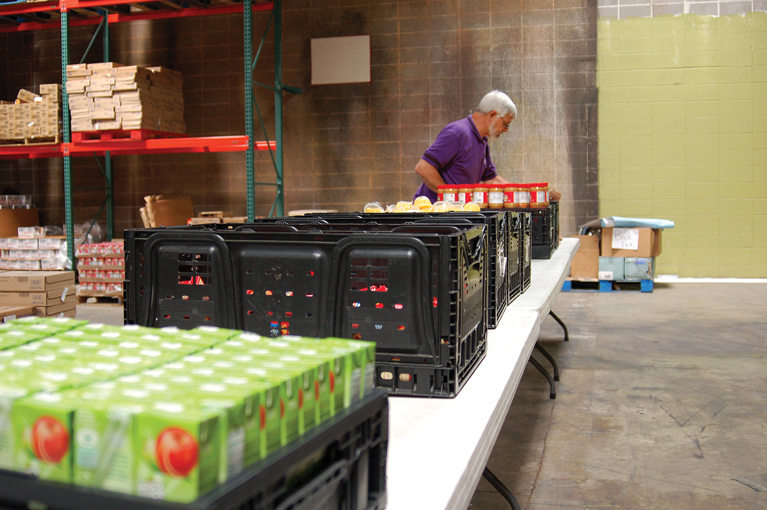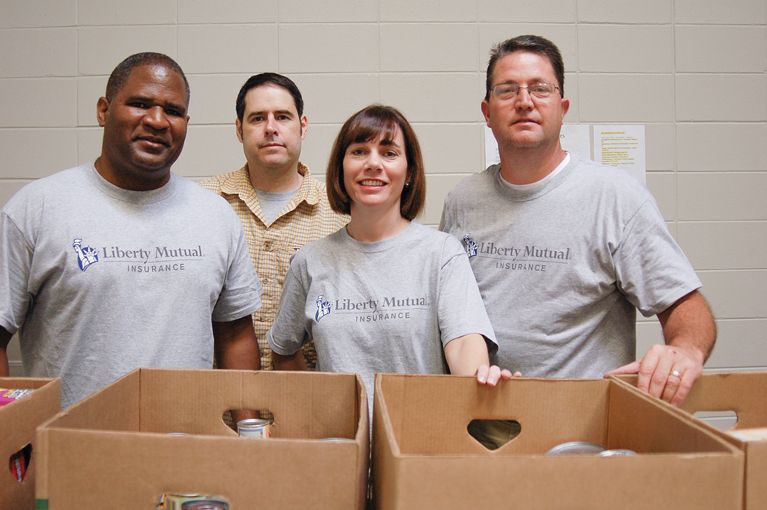Fighting hunger at home
Thanks to one observant school nurse, hungry children in Baton Rouge and across the country now have the healthy resources necessary to help them learn.
Children kept visiting the nurse’s office at a school in Little Rock, Arkansas, complaining of stomachaches and dizziness. Realizing that they were hungry, the nurse approached her local food bank to ask them to provide food for the children to take home in discreet backpacks.
That single-school pilot program, launched in the 1990s, has grown into a nationwide initiative of the Feeding America network. Baton Rouge’s BackPack program began in 2007 with one school, but during the 2013-14 school year, the Greater Baton Rouge Food Bank served 685 students in eight high-poverty public schools, distributing more than 70,000 pounds of food.

“Many would agree that education is key to breaking the cycle of poverty,” says Charlene Guarisco Montelaro, vice president of development and philanthropy at the food bank. “However, children cannot learn in school and have a real chance to succeed in life if they are experiencing the pangs of hunger—real hunger that keeps them awake at night.”
Each week, volunteers fill backpacks with meal and snack foods that are nonperishable, child-friendly and easy to prepare and eat. Items like pop-top cans of pasta, cereal, peanut butter and crackers, packaged fruit, and shelf-stable milk are among those often included.
The program is funded primarily through grants and corporate donations, but individual donations are welcome.
“The challenges faced by children who are not adequately nourished are daunting,” says Montelaro. “The BackPack program helps curb childhood hunger by placing child-friendly food directly and immediately into the hands of hungry children.”
For details on the program, see brfoodbank.org.












